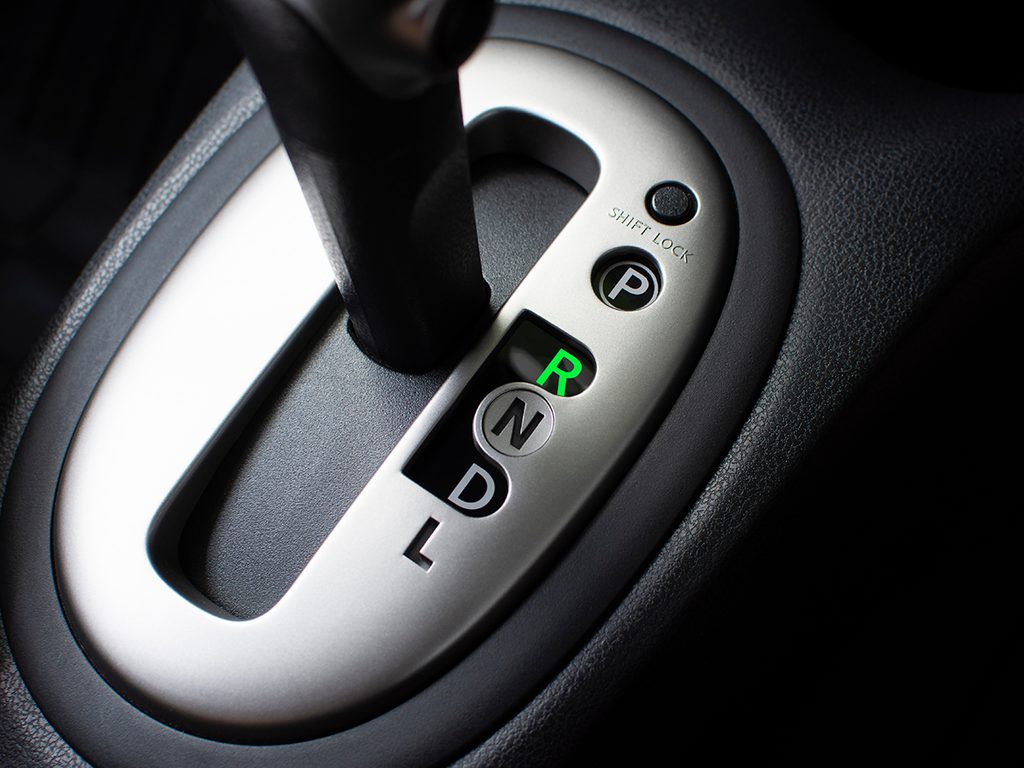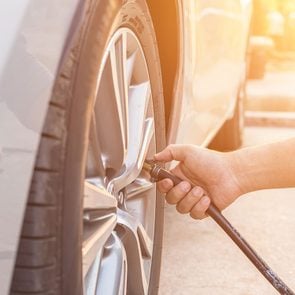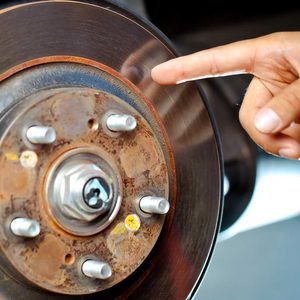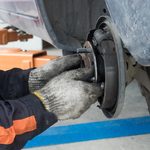Why Won’t My Car Reverse Like It Should?

You probably take shifting into reverse for granted, but wait until you try backing out of your driveway or parking space and your car refuses move.
For a transmission to perform correctly, several electronic, hydraulic and mechanical systems need to work together seamlessly. When one or more of these systems fail, reverse is usually the first gear affected. Before panicking, let’s look at the issues preventing your car from shifting into reverse.
First, Automatic Transmission vs Manual Transmission
Automatic transmissions and manual/standard transmissions accomplish the same thing—a transfer of engine power and torque to the drive wheels. When shifting into reverse, the reverse gears interconnect with each other, then interlock with the transmission output shaft, ultimately turning the drive wheels.
When the driver of a vehicle with an automatic transmission shifts into reverse, a sophisticated pressurized hydraulic fluid system “automatically” activates an internal clutch pack and band that locks or unlocks reverse gearsets to each other and the output shaft. The driver of a vehicle with a manual transmission locks and unlocks the reverse gearsets by physically moving the gears using the shifter.
Possible Reasons Why Your Car Won’t Reverse
The drivetrain (the transmission and differential) is how engine power gets to the wheels. Various transmission and differential components and gears multiply engine power and then divide it between the wheels. The fascinating thing about engine power is, without friction holding the tires to the road, there is simply no way to harness that power. Here are the most common causes your car won’t go into reverse.
Transmission fluid levels
A transmission low on fluid will cause the engine to race but not shift into reverse. Check your owner’s manual to locate the transmission dipstick and the specific automatic transmission fluid (ATF) or manual transmission fluid your vehicle’s make, model and year needs.
AFT levels should be between the “full” and “add” marks on the dipstick. Add new ATF using a clean funnel if it’s low. If your car does go into reverse after adding ATF, your next stop should be your mechanic to check for leaks. It may be a good time to flush the ATF and replace the filter.
On a manual transmission vehicle, it will most likely need to be jacked up so the transmission fill plug can be removed and the fluid level checked. Leave this to your mechanic if you’re not comfortable crawling under your car. Find out how to check all car fluids on your own.
Shift mechanisms
Many vehicles with an automatic transmission have an electronic Transmission Selector Switch that signals the computer (ECM). The ECM then signals other sensors and components that ultimately engage reverse gear. Moving the shifter slowly from Park to Low several times can help remove corrosion from the switch’s contacts and get you on your way. Leave transmission electronics diagnostics, internal repairs and shift cable replacement to transmission specialists.
On a manual transmission vehicle, misadjusted shift linkage and damaged or stretched shift cables can keep the reverse gearset from locking when moving the shifter. With an automatic transmission, bad cables or misadjusted linkage can make the shift indicator point to Reverse when you’re actually in Neutral. Check your owner’s manual; some shift cables are adjustable. Adjusting a cable is a one-time fix you can make before taking your car in for service.
BE AWARE: Automatic transmission vehicles feature a park-neutral safety switch that prevents starting in reverse or drive. A cable too far out of adjustment will permit a car to start while in gear, causing it to lunge forward or backward.
Transmission, gaskets, seals, O-rings
External transmission gaskets, seals and O-rings are designed to keep transmission fluid in the transmission while keeping contaminates out. Dirty or contaminated ATF cannot properly lubricate internal parts. This results in an overheated transmission that causes sludge and varnish buildup.
Sludge buildup causes premature gear and bearing wear and gasket/seal failures. Leaks usually appear in the pan (automatic transmission) or side cover gaskets (manual transmission) and output or drive axle shaft seals. On an automatic transmission, leaking internal gaskets, seals or O-rings will keep clutch packs and bands from engaging gearsets—a common cause for the inability to go in reverse. Leave these for your mechanic to fix.
Valve body
Truly a marvel of modern engineering, an automatic transmission valve body contains several electronic and fluid-activated mechanical shift valves that supply hydraulic pressure to the clutch packs and bands that engage one or more gearsets. Valves binding from an overheated transmission, a failed valve body gasket, clogged hydraulic passage or leaking shift solenoids will keep your car from going into reverse. Diagnosing and repairing valve body problems is best left to an automotive transmission specialist.
Broken gears
Damaged gearsets are likely to produce a grinding or gnashing sound when shifting. (Here are more strange car sounds you should never ignore.) A stripped-out automatic transmission reverse gearset or broken manual transmission reverse idler gear will keep a vehicle from going into reverse, but will not keep your car from driving forward.
Besides the obvious noise of gears crunching against each other, metal-to-metal grinding generates metal dust and chips that will damage other transmission parts. Leave transmission repairs to the pros. To prevent future transmission problems, insist your mechanic thoroughly flushes the transmission case, valve body and radiator cooler with solvent as part of any transmission repair.
Other possible causes
First, is the parking brake fully released? Sorry, had to ask. (Find out nine times you should be using your emergency brake.)
Parking on a steep incline can jam the lock pin against the gears that keep your car from rolling away when in Park. This makes it difficult to move the shifter. Rocking back and forth in the front seat should release pressure off the pin.
In cold temperatures, let the car warm up before shifting into reverse again. Transmission fluid may need to heat up before it flows properly (or warm up a hardened seal) especially when it’s cold outside. With a manual transmission, try pumping the clutch and shifting into first and second gear several times before attempting to shift into reverse to free up a stuck clutch plate.
IMPORTANT! Always be in the driver’s seat with the shifter in “Park” or “Neutral,” your foot firmly on the brake and parking brake set before attempting to start your car or move the shifter. Never reach into your car through an open door or window from outside the car to start the engine or move the shifter into gear. Even with the engine is off, placing a car in gear (either accidentally or on purpose) will cause it to lurch forward or backward, which can cause serious injury or death.
The Last Word
Be kind to your transmission. Come to a complete stop before shifting. Don’t race the engine in neutral and then shift into drive; you risk damaging your transmission. Performing regularly scheduled maintenance and flushing ATF every 30,000 miles (48,000 kilometres), will give you many years of trouble-free service.
Next, find out the most common car problems—and how to fix them yourself.






